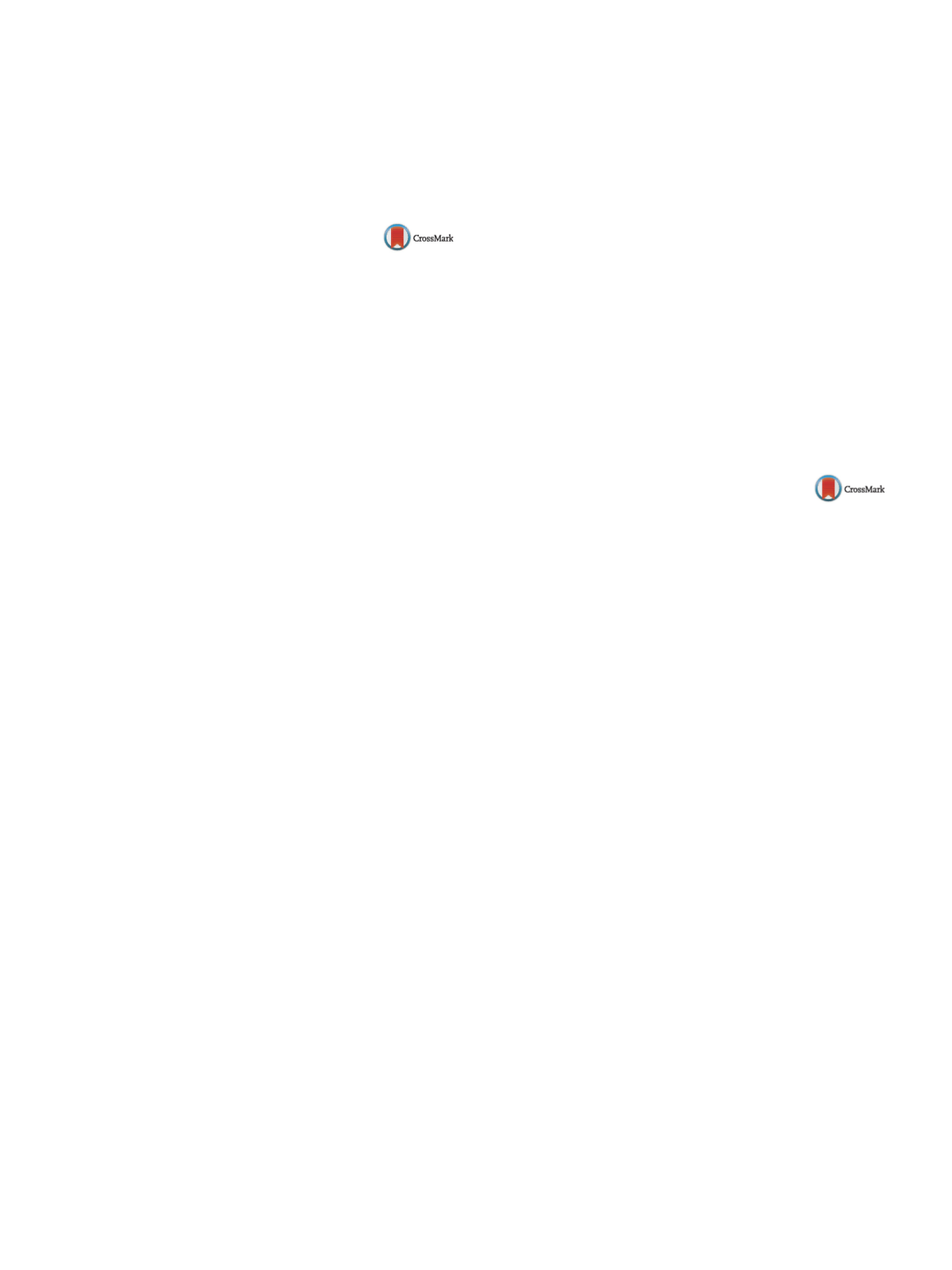

S62
Abstracts / Journal of Clinical Virology 82S (2016) S1–S142
ance with Asian serotypes; however, two samples were detected
as serotype 31 which is endemic for USA.
http://dx.doi.org/10.1016/j.jcv.2016.08.121Abstract no: 2
Presentation at ESCV 2016: Poster 82
Bufavirus genotype 3 in Turkish children with
severe diarrhoea
A. Altay
1 ,∗
, T. Yahiro
2, G. Bozdayi
1,
T. Matsumoto
3, F. Sahin
4, S. Ozkan
5,
A. Nishizono
3 , M.Soderlund-Venermo
6 ,K. Ahmed
3 , 7 , 21
Department of Medical Microbiology, Gazi
University, Ankara, Turkey
2
Department of Pathobiology and Medical
Diagnostics, Faculty of Medicine and Health Sciences,
University Malaysia Sabah, Kota Kinabalu, Malaysia
3
Department of Microbiology, Faculty of Medicine,
Oita University, Yufu, Japan
4
Department of Paediatrics, Faculty of Medicine,
Gazi University, Ankara, Turkey
5
Department of Public Health, Faculty of Medicine,
Gazi University, Ankara, Turkey
6
Department of Virology, Haartman Institute,
University of Helsinki, Finland
7
Research Promotion Institute, Oita University, Yufu,
Japan
Introduction:
Recently a parvovirus called bufavirus (BuV) has
been implicated as a causative agent of diarrhoea. Every year, a
substantial number of children are affected by viral diarrhoea in
Turkey. However the role of emerging viruses in Turkish children
with diarrhoea has not been widely investigated. To further reveal
the epidemiology, pathogenic role and genetic characteristics of
BuV, this study was performed in Turkish children with diarrhoea.
Materials and methods:
From September 2004 through June
2011, 1221 diarrheal stool samples were collected from children
under 5 years of age attended at the Gazi University Hospital
and Ministry of Health Ankara Training and Education Hospital,
Ankara, Turkey. All samples were tested for pathogenic bacteria,
parasites, rotavirus and norovirus (NoV). Excluding the ELISA pos-
itive rotavirus and NoV samples, 583 samples were available for
BuV detection. From February through September 2013, 148 nor-
mal stool samples were collected from children attended at the
well child care clinic of the Dept. of Paediatrics, Gazi University.
These children attended the clinic for routine immunization and
developmental check-up and had no diarrhoea for the last one
week. DNA extraction was done by using spin-column method
(QIAamp Viral RNA Mini Kit, Qiagen, Germany) and bufavirus
amplification was carried out by in house PCR (Promega, ABD).
The nucleotide sequence of the concerned genes were determined
by BigDye terminator v3.1 cycle sequencing kit (Applied Biosys-
tems, Foster City, California, USA) according to the instructions
of the manufacturer and the product was run into ABI Prism
3100 Genetic Analyzer (Applied Biosystems). Rotavirus, adenovi-
rus, human bocavirus (HBoV), astrovirus, NoV, salivirus, cosavirus
and Aichi virus were tested for in the BuV-positive samples by in
house PCR.
Results:
All samples were negative for diarrhoea causing bacte-
ria or parasites. BuV was detected in 8 (1.4%) samples with
diarrhoea. Age and gender were not statistically significant for
bufavirus detection. Positive stool samples were belong to years
2007, 2008 and 2010; however there was not any statistically sig-
nificant difference between years. According to the other seasons in
autumn bufavirus positivity was higher without statistically signif-
icant difference. Three samples were co-infected with NoV GII.21,
NoV GII.4 and human bocavirus (HBoV)2, and HBoV3. All stool sam-
ples from healthy children were negative for BuV. The number of
diarrhoea in BuV positive patients was significantly more than in
other diarrheal patients (
p
= 0.017). Phylogenetic analysis of theVP1
gene showed that Turkish strains were in close association with
Bhutanese BuVs and belongs to genotype 3. The NS1, VP1, and VP2
of the Turkish strains showed close nucleotide and amino acid iden-
tities among themselves andwith Bhutanese strains. The frequency
of tandem repeats in the 3 untranslated region of Turkish BuVs was
different than Bhutanese BuVs.
Conclusions:
Absence of BuV in the stool of normal children
and association of BuV in children with diarrhoea may support the
pathogenic role of BuV. BuV associated diarrhoea was severe in
Turkish children. BuV3 is possibly prevalent in Asian countries.
http://dx.doi.org/10.1016/j.jcv.2016.08.122Abstract no: 203
Presentation at ESCV 2016: Poster 83
Multiplex technology for the detection of
gastrointestinal viruses in stool samples from
diarrheic children
Jean-Michel Mansuy
1 ,∗
, Catherine Mengelle
1,
Lucie Domingues
1 , Jacques Izopet
1 , 21
Department of Virology, Toulouse University
Hospital, Toulouse, France
2
Department of Physiopathology, Toulouse Purpan,
Unité Inserm U563, Toulouse, France
Aims:
To evaluate the multiplex FTD Viral Gastroenteritis
®
(Fast-Tracks diagnostics
®
) for the detection of 6 viruses in stools
samples collected from diarrheic children. To compare the results
with those obtained with the routine techniques for the detection
of adenovirus and rotavirus.
Materials andmethods:
Stool specimens from118 children and
51 neonates who were suffering from acute diarrhea were used
to evaluate the FTD viral gastroenteritis
®
. This technique is a two
tubes multiplex (tube 1: Norovirus G1, Norovirus G2 and Inter-
nal Control; tube 2: Adenovirus, Rotavirus, Astrovirus) plus add-on
singleplex PCR for the detection of sapovirus.
Nucleic acids were extracted from native stools or swab with
the MagNA Pure 96 DNA and Viral NA Small Volume kit
®
on
the MagNA Pure 96
TM
instrument (Roche Molecular Diagnostics,
Meylan, France). Nucleic acids were tested with the FTD viral
gastroenteritis
®
according to the manufacturer’s instructions on
a CFX
TM
Instrument (Biorad diagnostics).
The results were compared with those obtained with the tech-
niques used in routine for the detection of rotavirus and adenovirus,
i.e.
BIOSYNEX Adenovirus-Rotavirus Combo
®
(BIOSYNEX). All sam-
ples showing any adenovirus discrepancies were tested using an
in-house real-time PCR method.
Data were analyzed using StataTM software (StataCorp, Texas).
The match between the assays was assessed using the McNemar
Chi-squared test.
p
values of less than 0.05 were considered signif-
icant.
Results:
188 stool samples were tested from 169 children (88
males). 118 (65 males) children (118 specimens) were attending
the emergency care unit (mean age 2.80 – median 9 – range: 0–15)
and 51 (23 males) children (70 specimens) were attending the
neonatology unit (age under one).


















